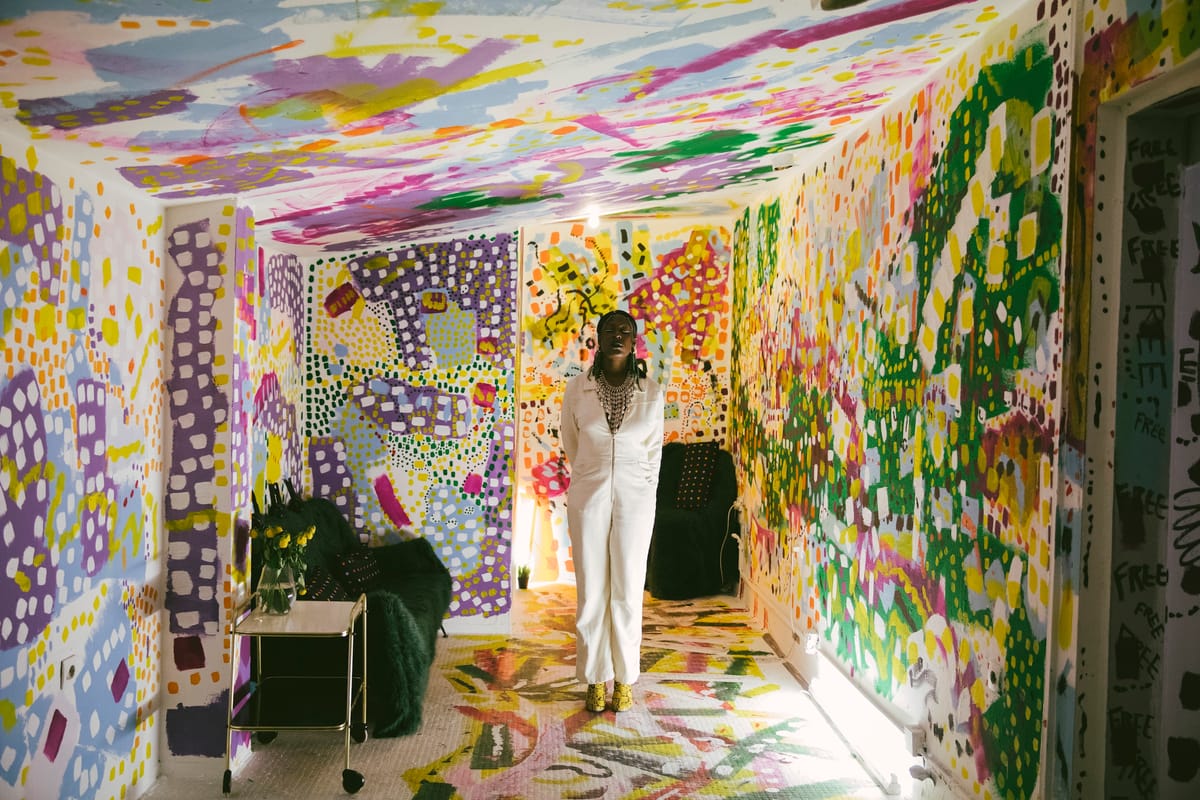
"Berlin is not a place where you feel. Feel too deeply here and you'll either pack your bags or lose your mind. The city hums with a seductive aura: gritty, unflinching, addictive. Sometimes I think the devil lives here, dressed in black, DJing liberation for lost souls with no rhythm. Since I moved here during the COVID-19 pandemic, people have greeted my lack of enthusiasm for a fascist country and its marginally less fascist capital with disbelief."
"Berlin is fascist - but sexy fascist. The kind where a party with a darkroom passes for liberation. The kind where, if I were attacked with a stake in public for being a shapeshifting, time-travelling trickster in the body of a dark-skinned Black trans nonbinary human, no one would intervene. When I ask why, the answer is always the same: "It's Germany.""
"When I first arrived, the city's sadness felt honest. A man drinking a Sternburg at any hour of the day was refreshing. I thought I'd found a safe place to make art, not realizing I'd entered a theatre where most perform the role of the liberated artist, with work as deep as the Instagram carousel for which it was made."
Berlin projects a seductive, gritty aura while normalizing social indifference and protecting the powerful or white. Public spaces can be unsafe for marginalized people, including a dark-skinned Black trans nonbinary person, with bystanders failing to intervene. Club culture functions as an escape and a central site of belonging. Much artistic practice appears performative and tailored for social media, producing curated liberation rather than substantive safety or change. The arts environment often offers token diversity and superficial gestures that mask deeper structural biases and exclusion within institutions and everyday life.
Read at Hyperallergic
Unable to calculate read time
Collection
[
|
...
]